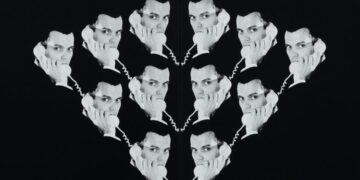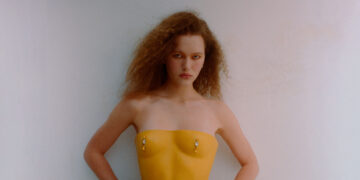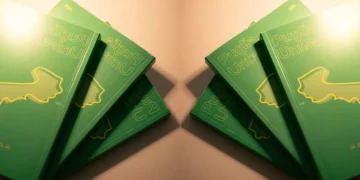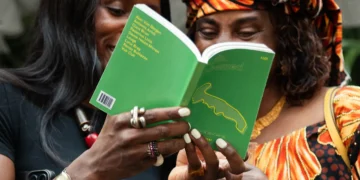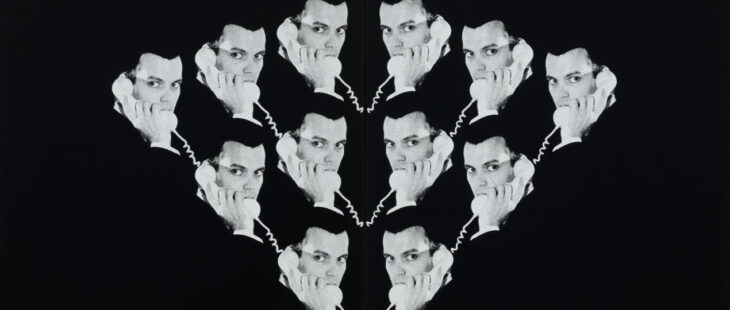
Since around 2005, the French curator and art critic Jean-Max Colard, now head of the Talk Program at the Center Pompidou in Paris, has been conscientiously recording his dreams relating to art. Because at night, everything moves and becomes more floaty, airier, and more uncertain. Thus these “critical dreams” also offer themselves as a moment of freedom and as another exhibition space. But also like the deep dream of another writing on art, freed from logical constraints and the rhythm of current events, leaving room for doubt, expelling the ordinary pressures of the art world and the market.
GET YOUR COPY OF DSCENE “FEVER DREAMS” ART ISSUE IN PRINT AND DIGITAL
Selected pieces extracted from his book, L’exposition de mes rêves This book is a collection of “critical dreams” made and transcribed by Jean-Max Colard, generally written upon waking up, sometimes in the middle of the night or a few days later. These writings offer themselves as a particular collection of fictional works of art, mental exhibitions, and interior moments passed or relived in the field of art.
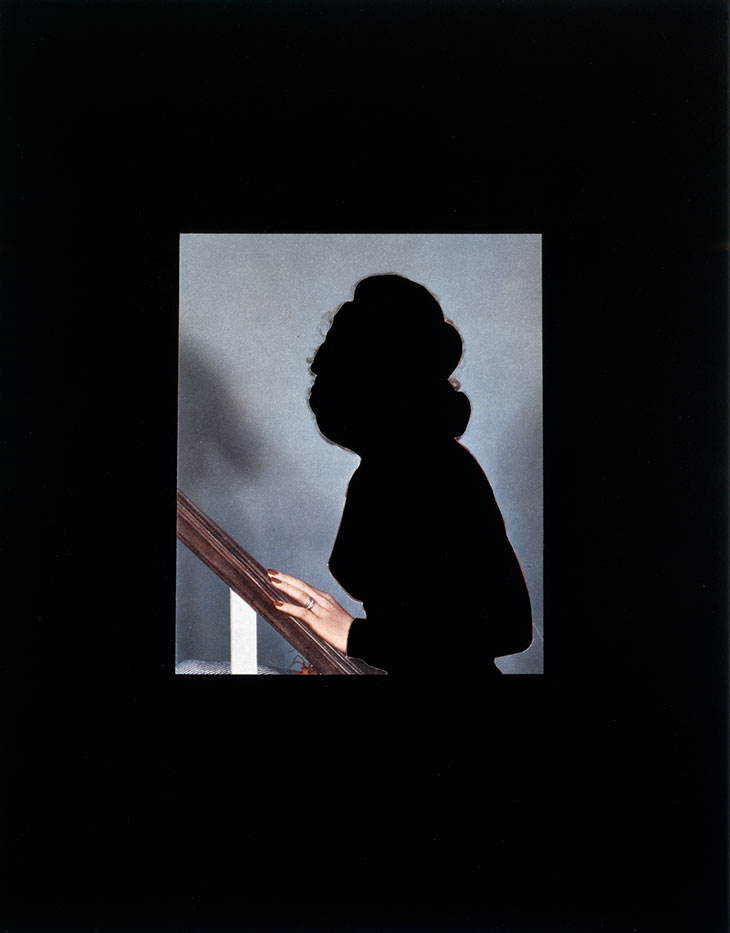
May 12–13. Noted during the night in a small yellow notebook.
I’m dreaming an exhibition on weightlessness. From memory: a spectator floats alone within a space, an exhibition capsule in the middle of works, sculptures, and objects which gravitate around him.
Night of April 10–11, Paris
I’m dreaming a riot on the rooftops of Paris. We find ourselves there, a small group, at the end of a party. Simultaneously, the scene takes place in a multi-story car park where a young artist—whom I will identify in the morning as Cyprien Gaillard—throws several matches on the ground. His gestures take on the allure of choreography, and at times he lights a match that causes cars to burn and explode on the other side of the city. This “scene” repeats itself several times.
Cars explode in the city.
I walk away, walking on the roofs, and I realize that the CRS has blocked the neighborhood. I start to climb on the roofs, and immediately one of them grabs me from behind and stops with a firm hand. Other people join us at this place, and in particular, a rather thin boy with long black hair who calls himself a journalist and has already done several interviews on live television on these events. From the outset, he insists with the CRS on the “aesthetic dimension,” on “the artistic gesture of the riot.” I take my turn to tell the policeman, who remains indifferent to our words, the “intense provocation” of this artistic vandalism and “our desire to riot.”
Night of November 27–28
I’m dreaming a museum where contemporary sculptures have lost their colors. They are completely white as we see today the monochrome statues, before polychromes from the Middle Ages. Notably, the Jef Koons’ big sad dog, before bright pink or steel blue, and now in muted colors, washed out.
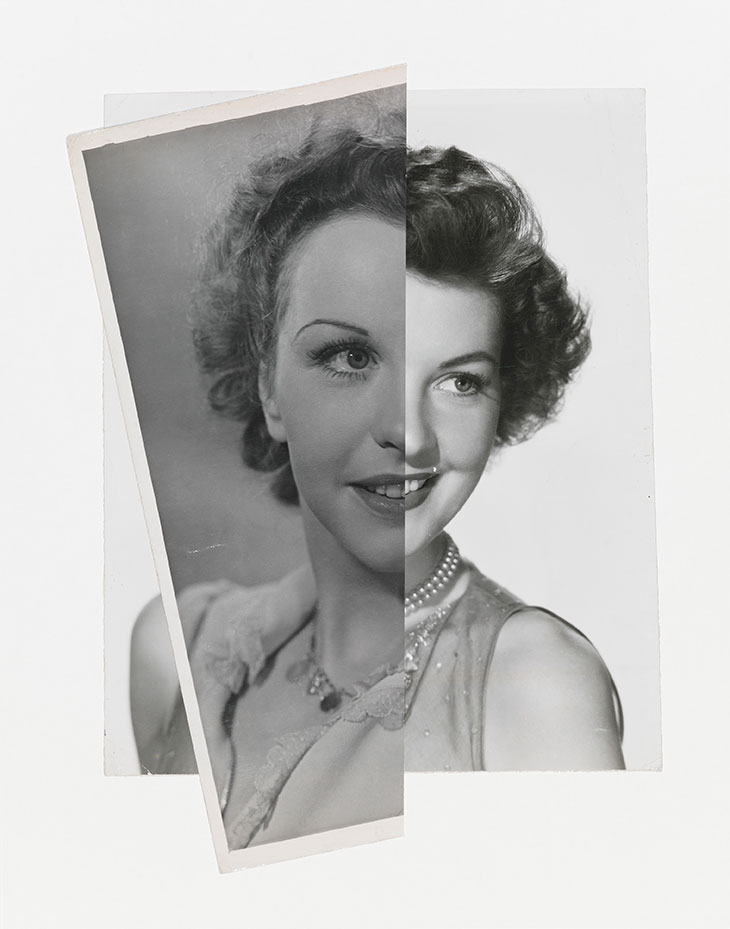
Night of September 8-9
I’m dreaming a series of evenings (titled “backup”?) where a population of very rich people jet-set and like to invade and modify the homes of more ordinary, “middle-class” people. Often the occupant has left for the evening, attending a long event (at the theater?) to keep him away from his house. During his absence, the “guests” break into the house, overrun the lawn, turn the craft hut in the garden located in a garage for veteran cars, and build a luxurious swimming pool during the night. Inside, they happily throw away the old furniture and replace them with designer sofas and other pieces. Masterpieces hang on the walls. Plasma screens. An open-plan kitchen.
And all the while, amid the comings and goings, DJs, dancers, champagne, and sexy girls, navel to the air, swaying in bikinis. A memory of the movie « The Party » but a social regression of the dream: the party here is the restoration of the jet set and rich world.
When the owner arrives in the middle of the night, he, and his family, are obviously stunned by all these strangers moving into his house [wide vision], greeting them and smiling, or on the contrary, passing them with complete indifference, holding their old television. He contemplates, a little confused, the modification of everything, both joyful and violent, of his home, the festive demolition, and the luxurious redevelopment – the ruin and the building site. A dream both unitary and broken, the scene replays itself in several festive places simultaneously, indoors and outdoors, in an incessant change of scenery.
In the early morning, cold sun, the guests leave—luxurious cars and sports cars are parked all around the house, with a helicopter in the middle of the lawn. On the other side of the wall, in the neighbor’s field converted into an aerodrome, private jets take off.
ON THIS BASIS
I’m dreaming a contact sheet of the artist Cyprien Gaillard: a series of images documenting an act of vandalism in an apartment downtown. Smoke in the hallway. Motorcycles burn in the living room. The comings and goings of a crowd of masked ravers, furtive silhouettes sliding around in the fog, and white and red smoke spreading to all parts of the apartment. On the contact sheet, like shards, the vision of this interior vandalism is scattered.Night of February 12–13
In the middle of the city, between two towers, a laughing donkey swaying in a hammock. (Maurizio Cattelan)
Night of June 22
I’m dreaming us, the artist Loris Gréaud, his friend, and I in the back of a car, a kind of Volvo SUV parked along a haystack in the middle of the country. We are discussing, with anxiety, the exhibition in September. The conversation lasts. At the front, behind the wheel, the driver asks us regularly to “shut our mouths.” We are completely piled for three hours in the back of the wagon in the summer heat, the smell of hay, not daring to say a word. Then the conversation resumes, in fragments at first. Soon the fear of not being able to finish the show on time to progress on the project takes over us, so that at times we go out of the car to breathe, and leaning on the hay, we sit without talking, letting the panic seize us, the agonizing sensation of a breakdown of exposure.
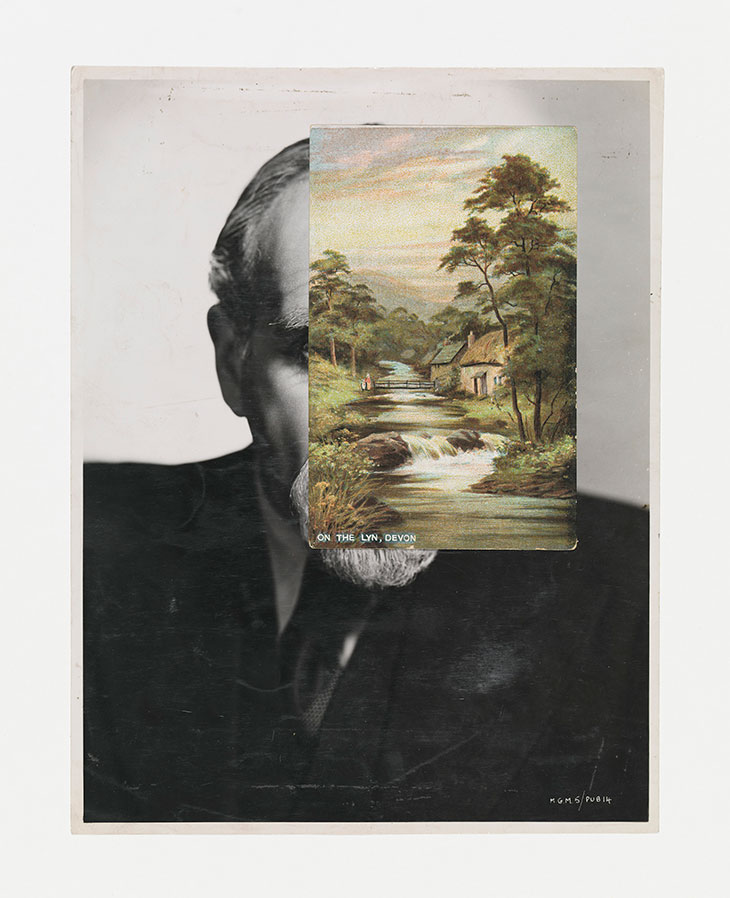
Night of October 16–17, Paris
I’m dreaming a contemporary art fair that would take place in people’s homes—following a conversation at a table with the artist Gianni Motti. The visitor goes through a list of addresses, private apartments—small or large—maid’s rooms, and duplexes, which the gallery owners decorate with works for sale. During their visits, the collectors remove the paintings or photographs hung on the walls of the room, ask the price of the chairs, buy the vases, the sofa, the video which loops on the television in the living room, take away the sculptures sometimes placed like a trinket on the mantelpiece. In one of the apartments, you can also leave with the American designer Liz Craft’s bead curtain installed at the entrance to the kitchen. I dream all night long of these carefully “robbed” interiors—“Do we do it? Gianni asks me.
Night of June 23–24
A British artist drives us in his little car through the streets of London. It’s dark, but he shows us some strange scenes, some astonishing costumed characters. In particular—repeatedly—some men dressed as birds, wearing shimmering fabrics yellow, green, and pink, on corner streets, standing on a bridge, leaning or sitting on a high railing, simply waiting at a red light in their colorful costumes, some exhibiting a wide colorful cockscomb. It soon becomes apparent that it is the artist himself who has placed these confusing characters there, and suddenly the whole city of London becomes the place of the story to which he takes us.
Night of May 7
I’m dreaming an opening night at a large Italian private foundation. Immediately, Maurizio Cattelan guides me through the Foundation’s park, a large olive grove, where he exhibits with a Russian artist who is immediately unsympathetic to me and whose sculpture puts me off somewhat. It is a large bronze head placed on a rock. “We dug a hole together in the park,” Cattelan explains to me, “a long luxurious pit, covered on the ground with anthracite gray macadam, like an empty swimming pool.” Along the avenues of olive trees, he and I walk in the warm night of the Italian countryside among the more and more numerous guests. There, at the end of the pit, an older woman with very blond hair puts on a show; dark glasses, an extravagant smile, looking like a star, surrounded by paparazzi. I immediately understand that this old lady is Cattelan’s artistic proposal, the only work in his entire exhibition. And as I think I recognize an old Fellinian actress (Anita Ekberg?), “No, it’s Eva Braun,” he tells me, “Hitler’s mistress.” I wonder about the meaning of this double, about the “people” presence of this figure linked to Nazism and the darkest hours of history.
*The author wishes to express his recollections with “to dream something” from the French “je rêve quelque chose” instead of “to dream of something.”
Published in DSCENE “Fever Dreams” Art Issue.

